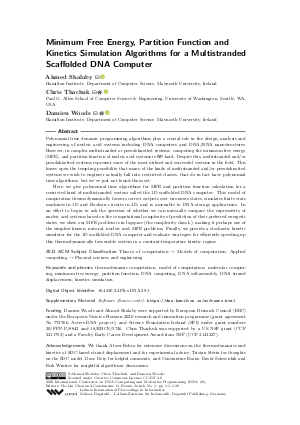LIPIcs.DNA.29.1.pdf
- Filesize: 10.38 MB
- 22 pages

 Creative Commons Attribution 4.0 International license
Creative Commons Attribution 4.0 International license
































Feedback for Dagstuhl Publishing